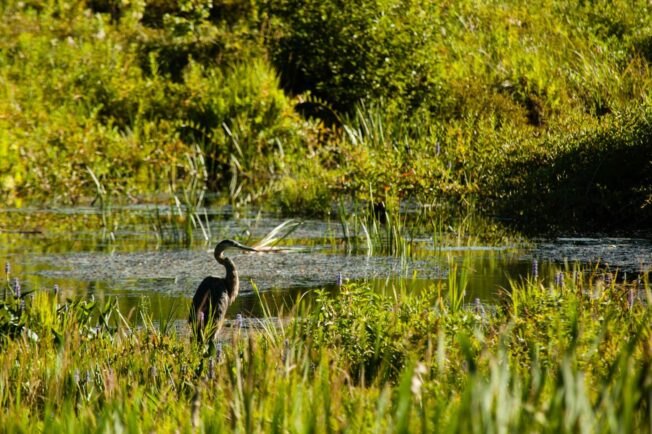Learn the Issues
Learn about many of the complex problems facing the Chesapeake Bay, from the excess nutrients and sediment that pollute our waters, to the invasive species that crowd out native plants and animals, to a changing climate that is already affecting our land, air and water.
Threats to the Bay
Agricultural Runoff
Farms provide us with food and fiber, natural areas and environmental benefits. But agriculture is also the largest source of nutrient and sediment pollution entering the Bay.
View issue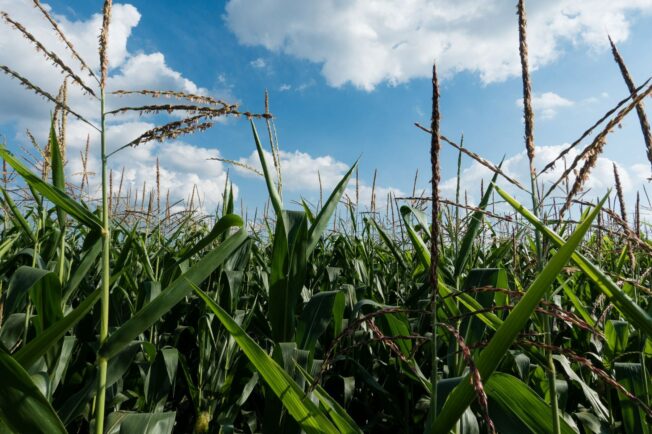
Air Pollution
Pollution emitted by cars, trucks, power plants and other sources doesn’t just cloud the air we breathe—it falls back onto the earth’s surface, where it can wind up in our waterways.
View issue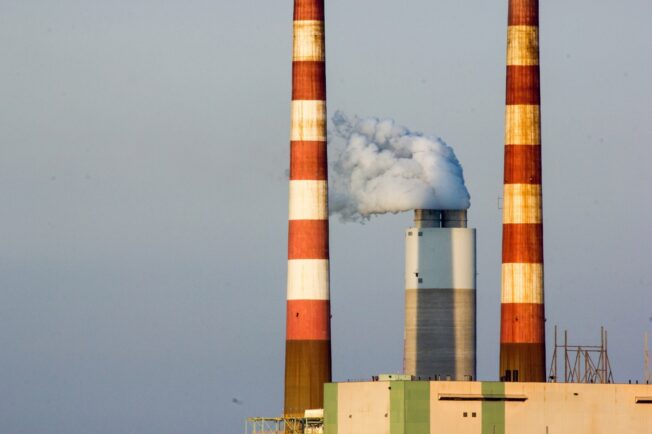
Chemical Contaminants
Almost three-quarters of the Bay’s tidal waters are impaired by pesticides, pharmaceuticals, metals and other chemicals, which can harm the health of both humans and wildlife.
View issue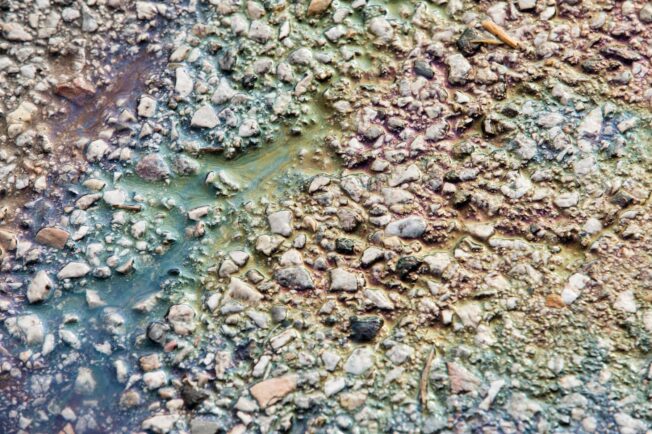
Climate Change
Some effects of climate change—rising seas, warming water temperatures and prolonged periods of extreme weather—are already being observed in the Bay region.
View issue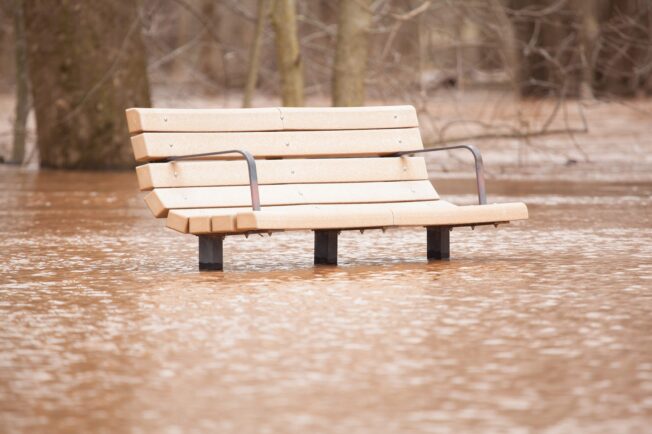
Conowingo Dam
The reservoir behind Conowingo Dam has long captured sediment flowing downstream, but recent studies have drawn attention to its changing effectiveness as a “pollution gate.”
View issue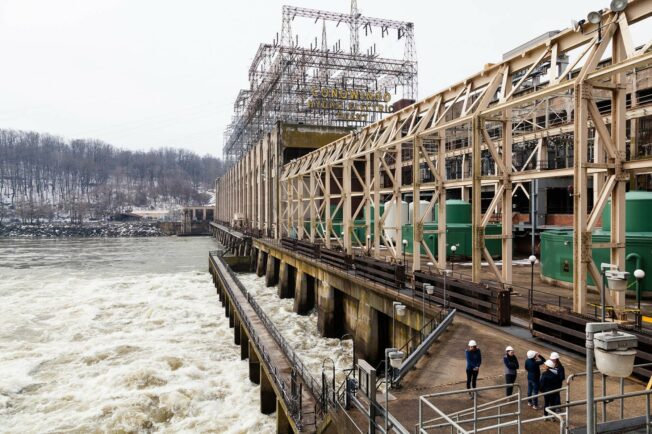
Development
As more people move into the Chesapeake Bay region, development has turned forests, farms and other landscapes into subdivisions, shopping centers and parking lots.
View issue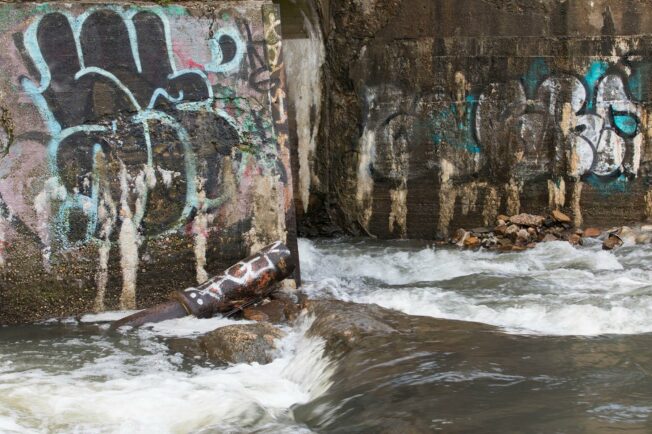
Fish Blockages
Removing dams or installing fish lifts allows migratory fish to return to upstream habitats and lets resident fish move freely throughout the region's rivers.
View issue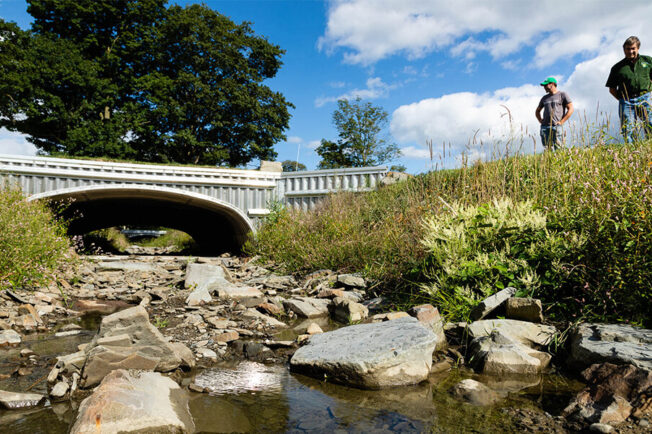
Invasive Species
Invasive species—plants or animals that have been introduced to their current habitat—can cause harm when they establish themselves at the expense of native plants and animals.
View issue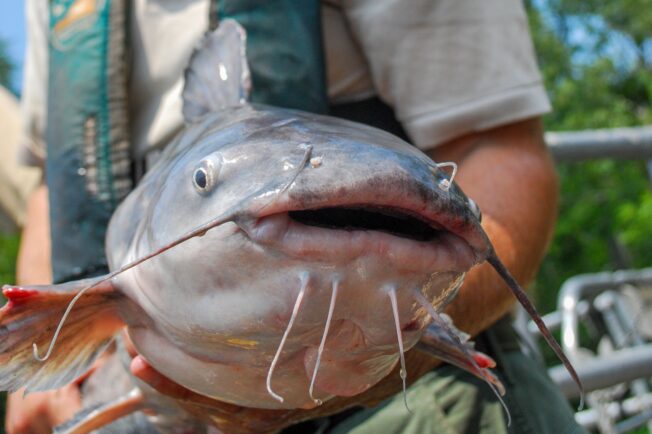
Nutrient Runoff
Plants and animals need nutrients to survive. But when too many nutrients enter waterways, they fuel the growth of algae blooms and create conditions that are harmful to underwater life.
View issue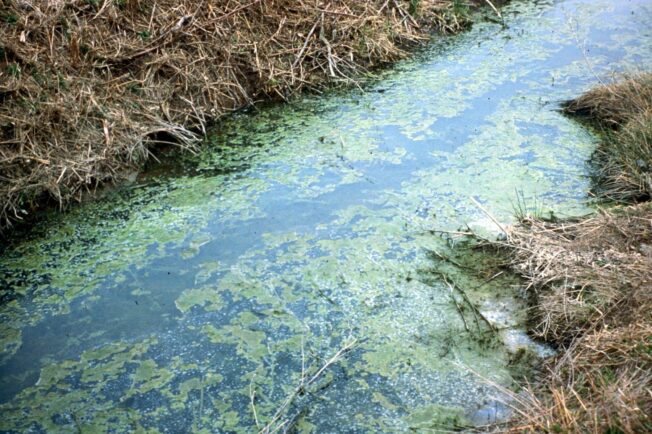
Population Growth
Each of the 18.4 million people that live in the region affects the Bay: consuming resources, altering the landscape and polluting the air and water.
View issue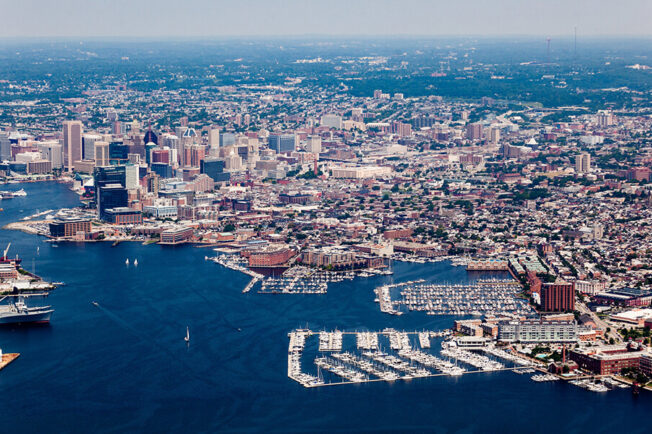
Sediment Runoff
Sand, silt and clay are a natural part of the Chesapeake Bay. But in excess amounts, sediment can cloud the waters of the Bay and its tributaries, harming underwater life.
View issue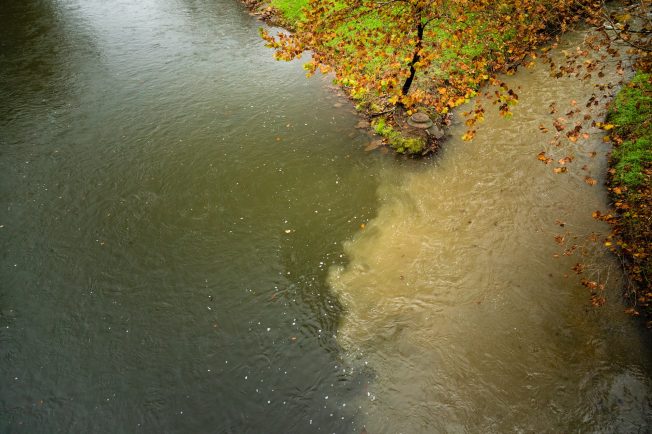
Stormwater Runoff
When precipitation falls on roads, streets, rooftops and sidewalks, it can push harmful pollutants like fertilizer, pet waste, chemical contaminants and litter into the nearest waterway.
View issue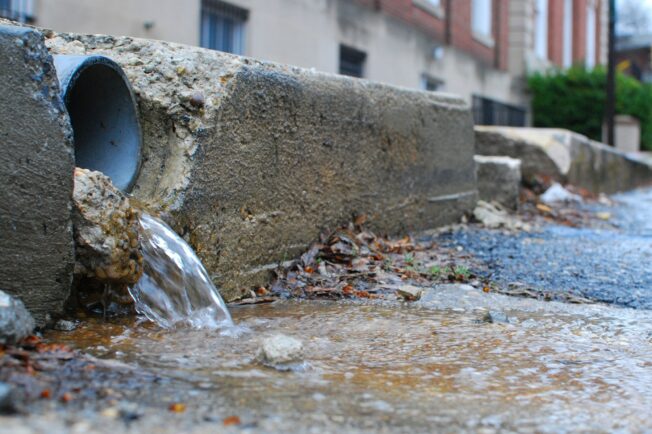
The Dead Zone
When nutrient-fueled algae blooms die and decompose, the resulting low-oxygen conditions—known as “dead zones”—can suffocate underwater life and shrink available habitat.
View issue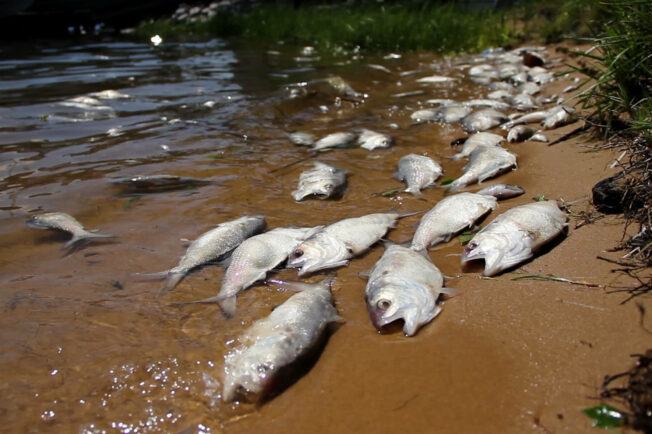
Wastewater
Hundreds of wastewater treatment facilities throughout the Chesapeake Bay region are being upgraded to reduce the amount of nutrients flowing into local waterways.
View issue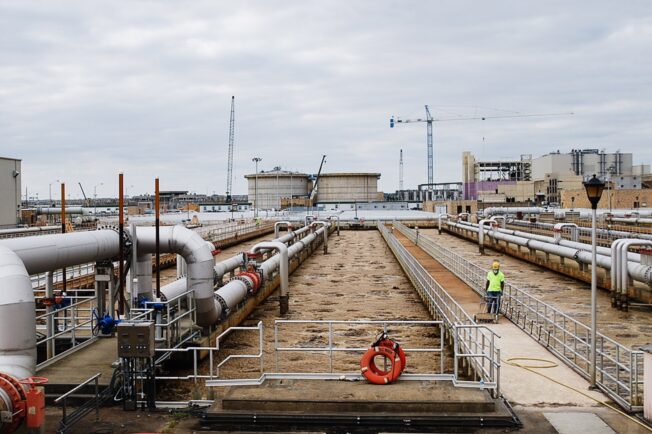
What's at Risk?
Bald Eagles
After widespread pesticide use devastated the region's bald eagle population, a ban on DDT and the active management of eagle habitat helped the region become home to one of the nation's highest concentrations of these iconic birds.
View issue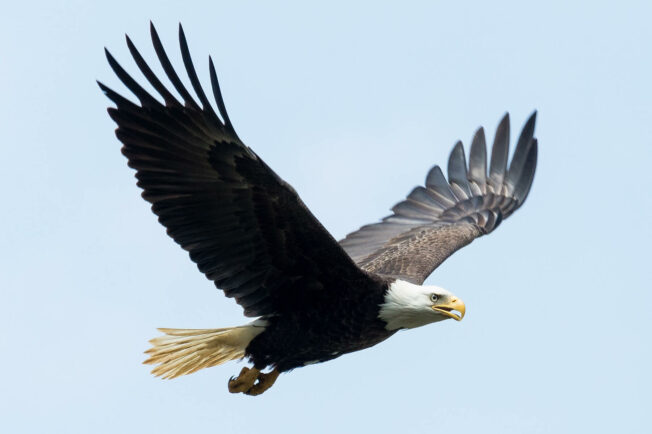
Blue Crabs
The Bay’s signature crustacean supports important commercial and recreational fisheries. But pollution, habitat loss and harvest pressures threaten blue crab abundance.
View issue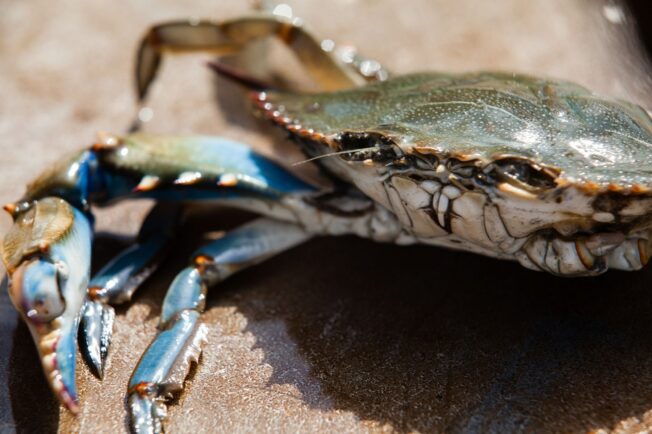
Environmental Justice
Environmental hazards such as extreme heat and poor water quality adversely effect low-income communities and people of color.
View issue
Forest Health
Forests are critical to the health of the Chesapeake Bay—but human activities have altered the region’s forests, reducing tree cover and fragmenting forests that still exist.
View issue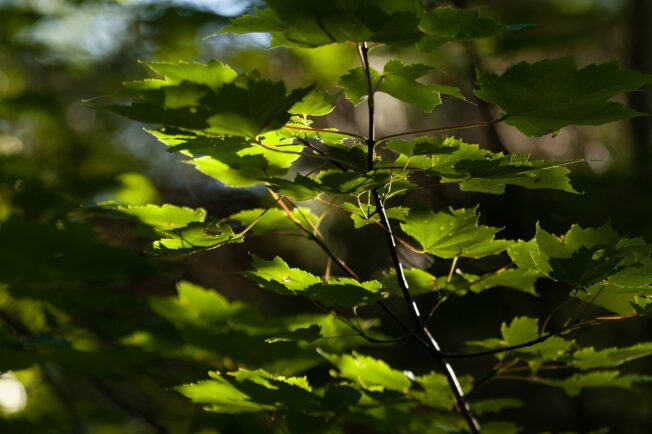
Groundwater
Drops of rain or snow that fall onto the land can seep through the soil and into groundwater, which can become contaminated when pollutants on land seep underground.
View issue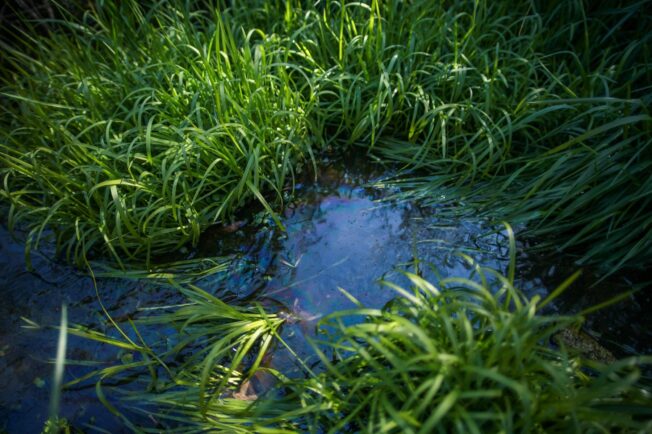
Menhaden
These small fish form an important link in the Chesapeake Bay food web, which is why fisheries managers have placed a cap on the amount of menhaden that can be harvested from the Bay.
View issue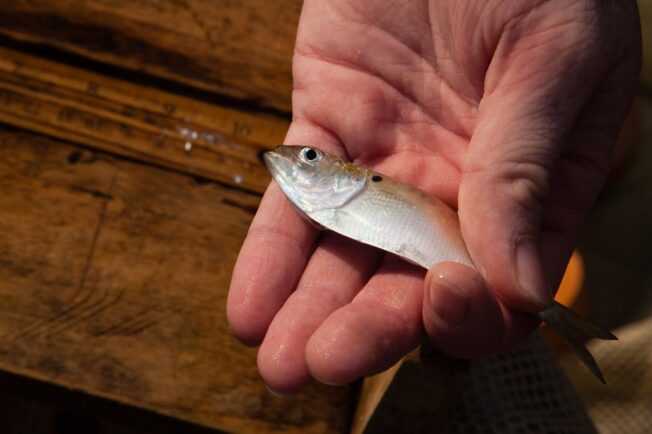
Osprey
These raptors may be found on nearly every corner of the world, but the Chesapeake region is home to the largest concentration of nesting osprey.
View issue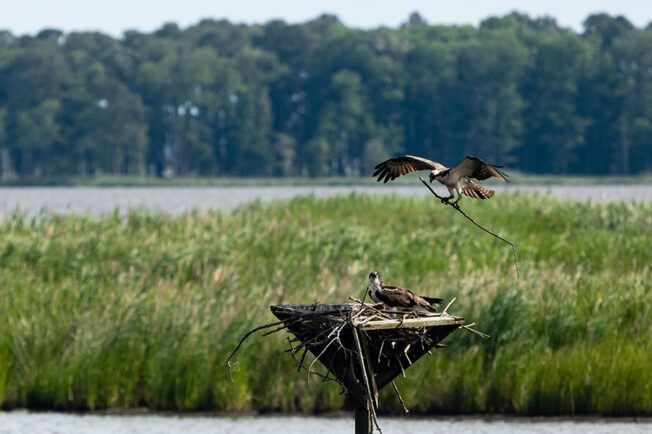
Oysters
This iconic bivalve helps to improve water quality and provides food and habitat to other animals. But over-harvesting, disease and habitat loss have led to a severe drop in population.
View issue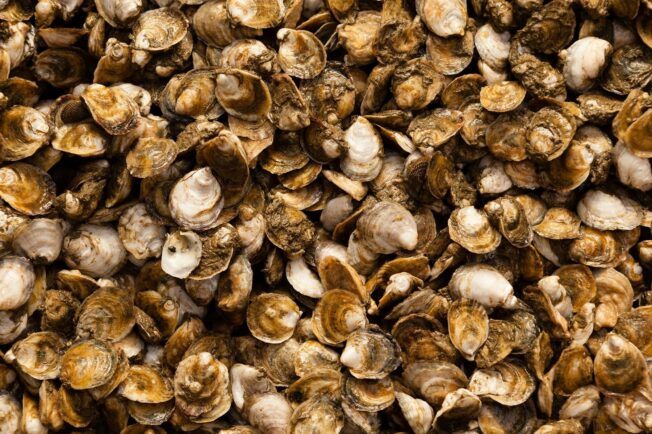
Rivers and Streams
Hundreds of thousands of creeks, streams and rivers flow through the Chesapeake Bay region, sending fresh water to the Bay and providing habitat to aquatic plants and animals.
View issue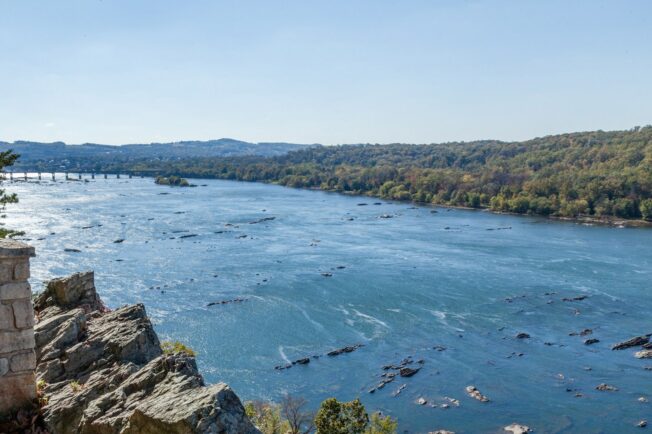
Shad
Once the most valuable finfish fishery in the region, pollution, historic overfishing and the construction of dams that block migration have lowered shad populations.
View issue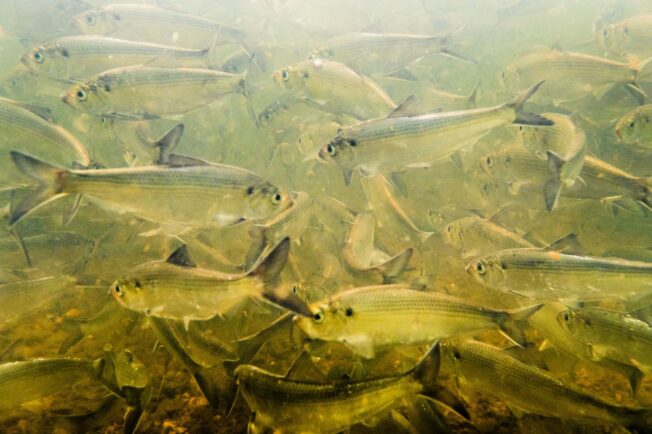
Stream Buffers
Streamside trees and shrubs prevent pollution from entering waterways, stabilize stream banks, provide food and habitat to wildlife and keep streams cool during hot weather.
View issue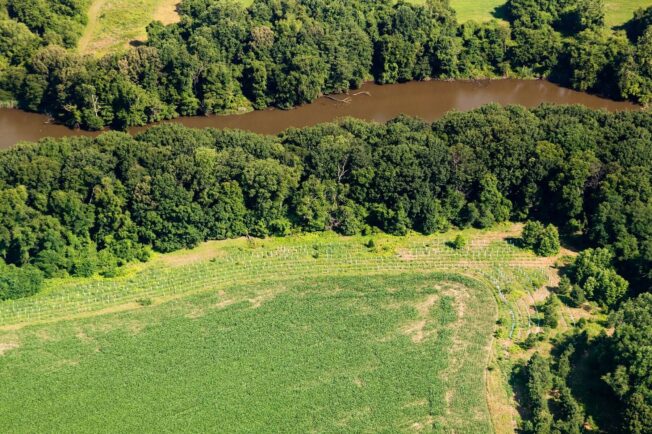
Striped Bass
Also known as rockfish, striped bass are recovering from a severe decline in the 1970s and 80s with the help of fishery management practices and Chesapeake Bay restoration.
View issue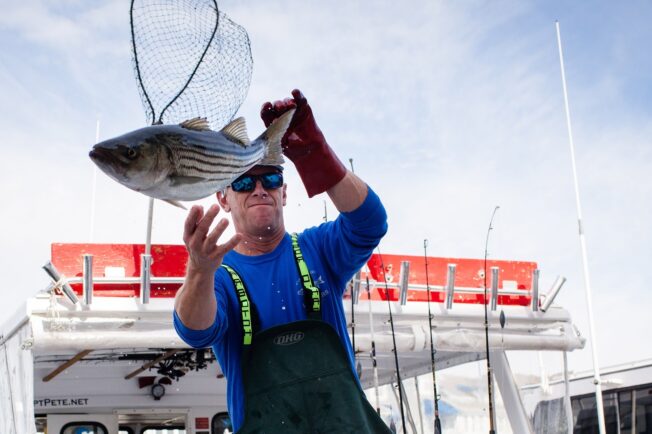
Underwater Grasses
Underwater grasses grow in the shallow waters of the Bay and its streams. They provide food and habitat to wildlife, add oxygen to the water and trap sediment and nutrient pollution.
View issue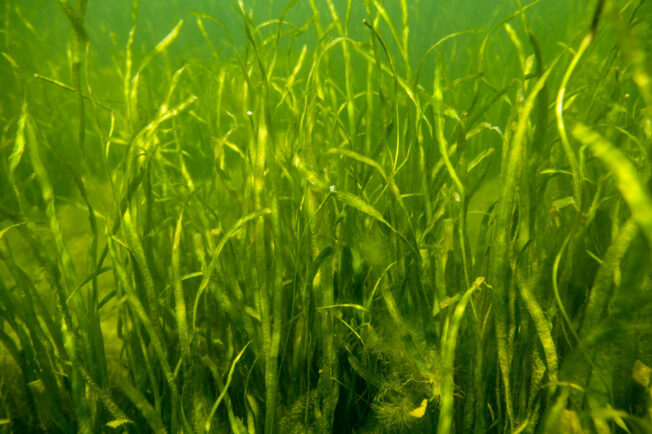
Wetlands
Wetlands are critical in supporting the healthy waters and diverse wildlife of the region. But development, invasive species and sea level rise threaten these important areas.
View issue